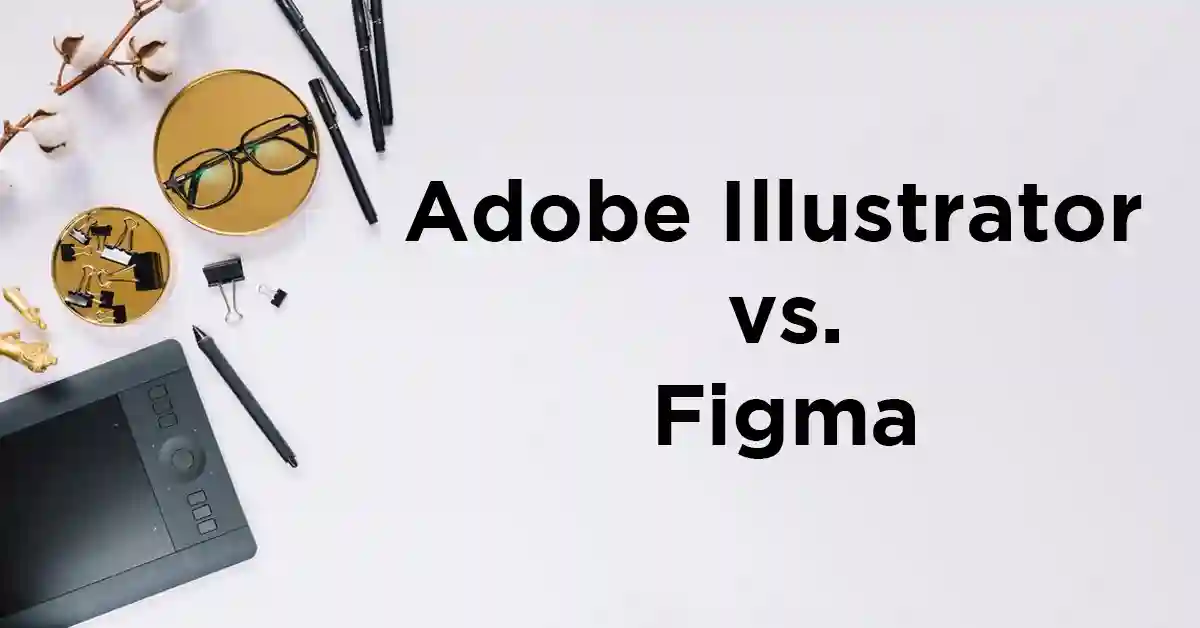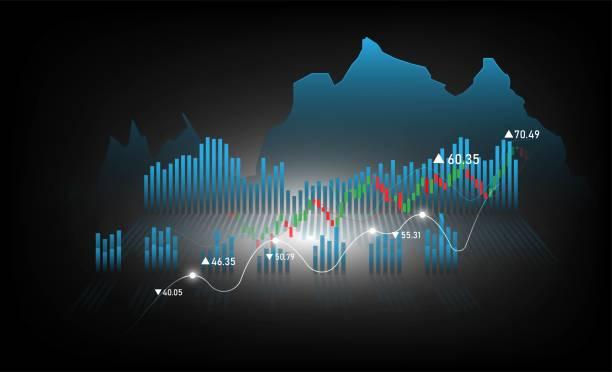In the world of designing, if there is one thing that makes the most difference is having access to the right tools. But isn’t it the designer who plays the biggest part? Well, yes, but with the right tools, there are drastic differences in the outcome.
Speaking of tools, do you know who is the leading horse when it comes to designing tools and utilities? Well, Figma and Adobe Illustrator have both been popular options for quite some time now. And due to their features and performance of graphic design service, it is fair to say that it is here to stay.
But which one is the right one for you? Well, there is no one-size-fits-all solution here. Let’s take a deeper look at these tools.
On page differences
Considering your style, one will work wonders for you, and the other will not. Why do we make such a claim? Well, Figma generally offers a boatload of canvas for designing all the project pages. As you go on and introduce content, the canvas gets stretched, and the mouse will be utilized to regulate zoom and move around.
On the other hand, if you are considering using Illustrator for graphic design service, it would work wonders on vector designs that can be stretched to any size. However, it needs to be specified when you are creating the document.
In every file, more than one artboard (like project pages) can be created as well. Every design page can be built on a new artboard. Therefore, if you wish to work on every design separately, illustrators are your best bet.
On learning curve
Why are we considering this factor? It is because ease of use and access play a massive role in understanding which one is better suited for all your design requirements.
Figma is rather famous for offering a user-friendly and easy-to-use interface. For workers who will be working remotely, this tool is a dream come true since it allows access to files from anywhere.
On the contrary, Adobe Illustrator comes with steeper learning curves, specifically for beginners. The broad range of tools and features may be overwhelming at first, needing practice and time to master. The interface and features are more catered for professional use.
On Collaboration
Figma has a slight edge over the illustrator here. All thanks to its real-time collaboration. While multiple people are working on the same project at the same time, every one of them gets a new color, which avoids all the conflicts and confusion.
Adobe Illustrator supports sending designs for feedback and comments, that’s all.
Wrapping Up
When the conversation is about integration capabilities, both of these tools differ here as well. Figma offers integration with popular tools, while Adobe Illustrator provides integration possibilities with the Adobe tools.
As we mentioned earlier, there is no one-size-fits-all solution here. Understand your graphic design service needs and the professionals who will be working with it to make a well-informed decision.










